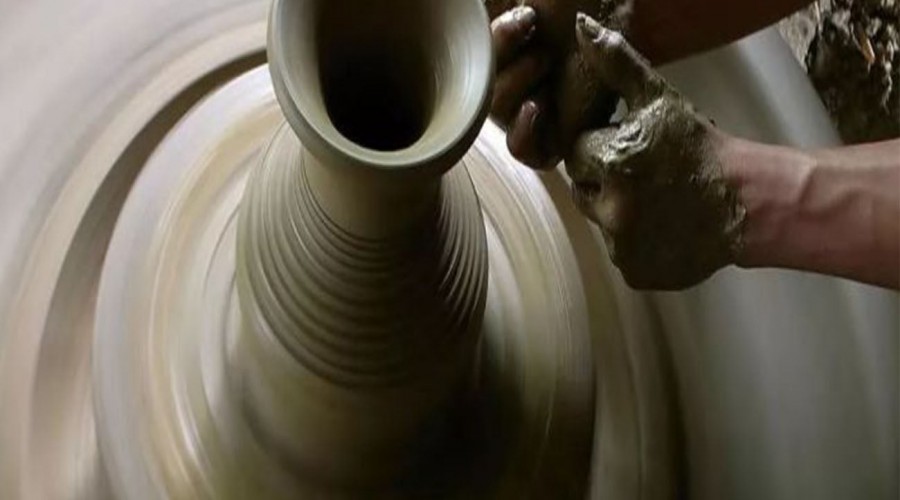
With the rapid development of industry, ceramic tableware has gradually entered thousands of households. Today, I will share with you a little common sense about the classification of ceramic tableware. From the classification of the glazed surface of tableware, it can be roughly divided into three types: on-glaze, in-glaze, and under-glaze.
Looking at the following 3 pictures, you can understand the difference in the production process and structure of under-glaze, in-glaze and on-glaze:
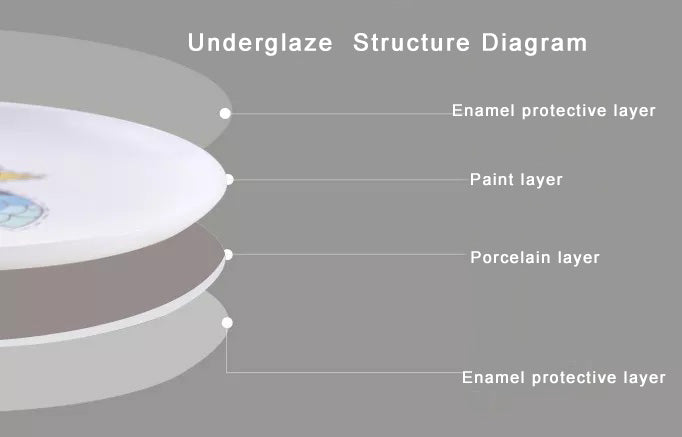
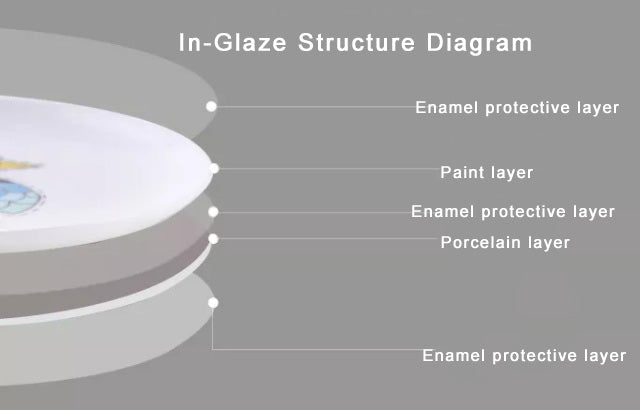
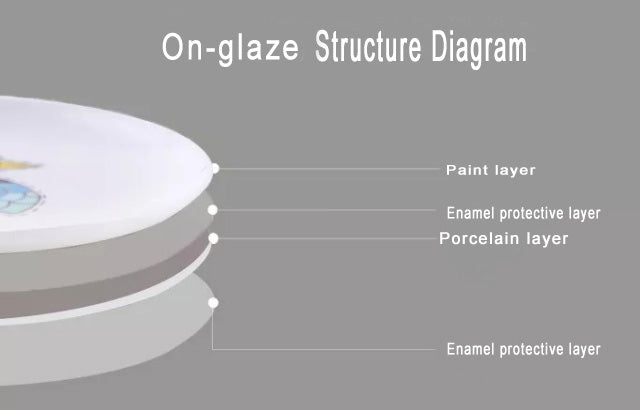
The painted surfaces of under-glaze and in-glaze are safe because they are separated by enamel and do not come into direct contact with food. On the other hand, the painted surface of the glaze is in direct contact with food, and it is more likely to precipitate when exposed to acid, causing chronic or acute poisoning.
In addition, because the melting point of heavy metal pigments is below 1000 °C, they will volatilize during the high-temperature firing process, and there is basically no residue after that.
Therefore, the under-glaze (1200-1400℃) and the in-glaze (1100-1300℃) fired at high temperature are relatively safe after the heavy metals volatilize.
On the other hand, the on-glaze fired at low temperature (600-900℃) after drawing the pattern is more likely to remain because the melting point of the heavy metal cannot be reached.
In general, in terms of safety, under-glaze > in-glaze > on-glaze, which is related to their production process and firing temperature.
When choosing, you can choose environmentally friendly and high-quality products according to personal preferences, patterns, and other related product information.
How to distinguish?
There are a lot of ceramic tableware on the market, how can I buy the right tableware? Following I share four points about choosing ceramic tableware.
(1)Look at the production process in the product parameters
In the "Product Parameters" column, most merchants will write down the craftsmanship of the product. If they don't have it, ask the customer service directly.
Of course, in many cases it is not ruled out that the "product parameters" column is fake, so when we get the tableware, we also need to identify it, how to distinguish it? You can see the luster of the glaze, as well as the touch of the hand.
- Because the paint on the glaze is above the enamel, the surface is rough and lacks luster, and the pattern has obvious bumps when touched by hand:
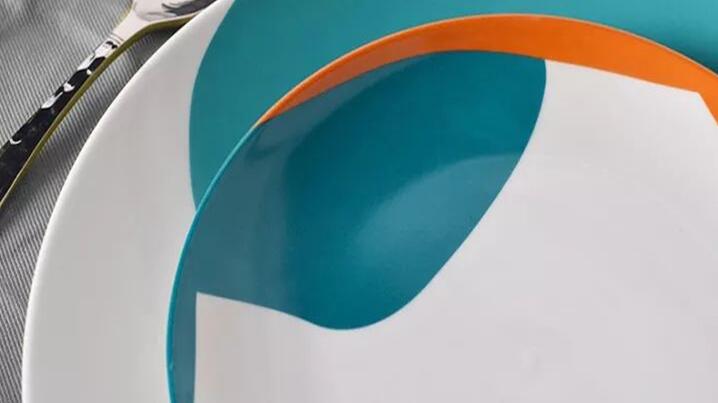
▲The places with paint are obviously rougher
- The paint in the glaze is quickly melted at the bottom of the glaze because of the high temperature, so the surface will have a layer of transparent enamel, which is relatively smooth and has no obvious unevenness:
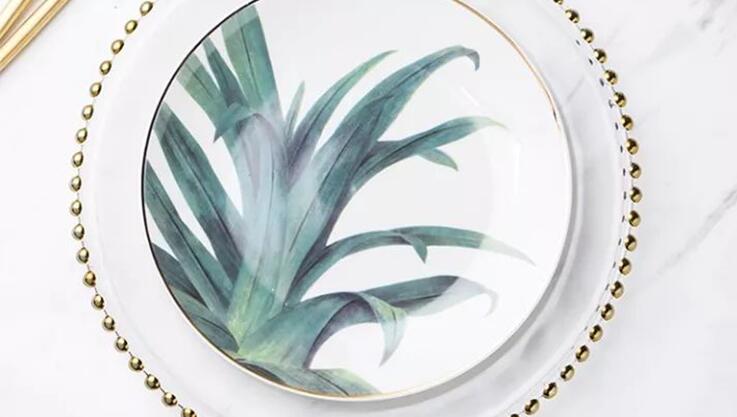
▲There will be a thin layer of transparent enamel on the surface
- The paint under glaze is painted under the enamel, so the surface is smooth. Because it is fired at high temperature, it will have the effect of refraction:

▲The surface will have a shading effect
(2) Look at the color
The brighter the color and the better the color rendering of the ceramic, the higher the lead content may be. It is best not to buy such ceramics as tableware for dinner.
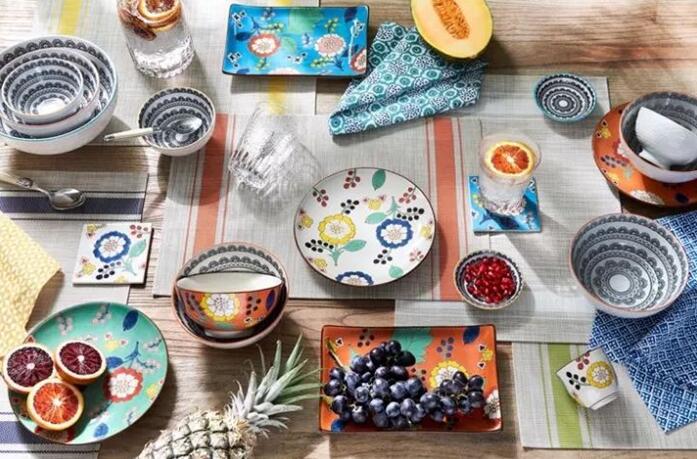
When purchasing tableware, it is best to choose white or light-colored porcelain. If you like patterned ones, try to choose ones that do not have patterns on the food contact surface.
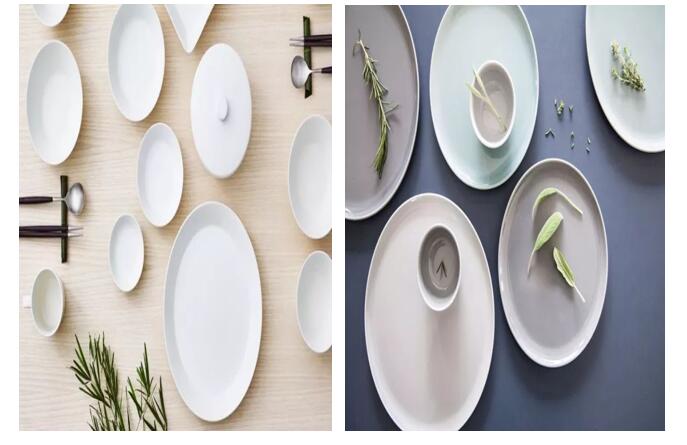
And, whether it is European style or Nordic style, metal-decorated porcelain is best used as a decorative plate. If the price of the product is relatively low, manufacturers will not use real gold for consumers, this gold is also heavy metal paints.
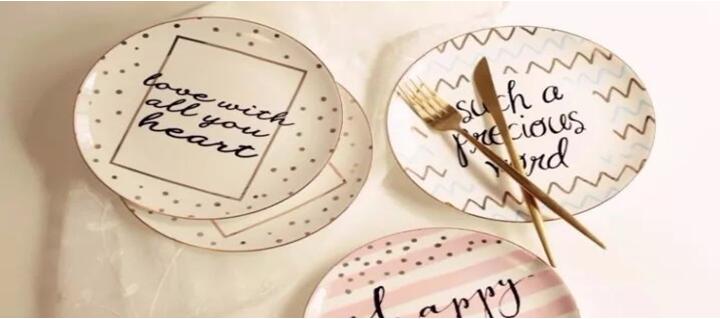
(3) The price
Don't buy cheap porcelain!
The quality of porcelain that is too cheap cannot be guaranteed. This kind of cheap goods can be used for decoration, but don't buy them cheaply and use them as tableware.
The styles of much tableware look the same, but the price is several times different.
And there are thousands of differences in craftsmanship (including raw materials, glazes, and craftsmanship, etc.),
So if you want to choose safe, healthy and beautiful tableware,
Not only do you have to look, feel, and listen to tell the difference, but you can't be too stingy with the price.
(4) Use tools
Scrape the painted pattern with your nails. If you can scrape it off with your nails, it is an on-glaze product. It can also be soaked in vinegar for a few hours; if you find that the color has changed significantly, do not use it as tableware.
In fact, the on-glaze cannot be said to be completely harmful. With the improvement of the craftsmanship, the lead and cadmium content of the good color and glaze is very small, but this requires consumers to keep their eyes open and distinguish the cost-effective products. .
In contrast, I would still recommend that you choose tableware with under-glaze and in-glaze porcelain. After all, it is something that deals with food every day.

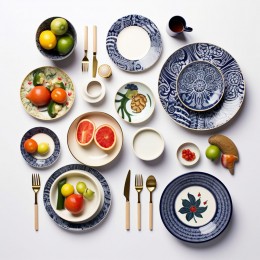
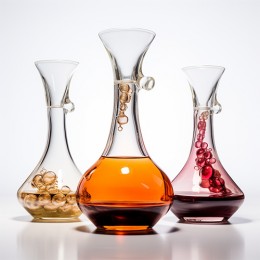
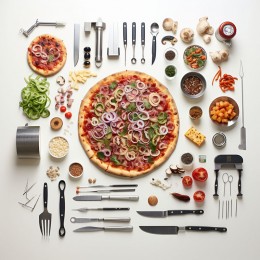
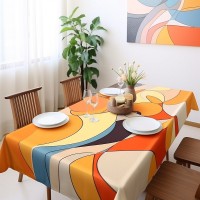
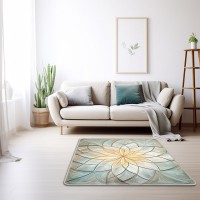
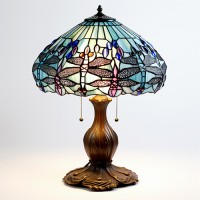
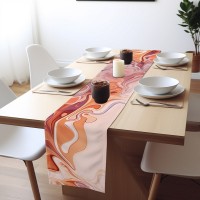
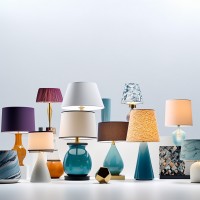

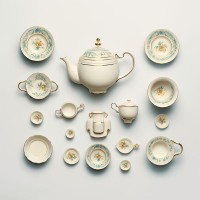
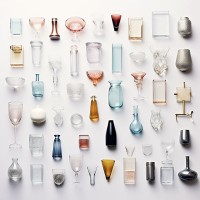
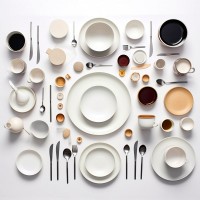
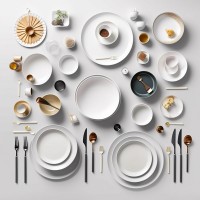
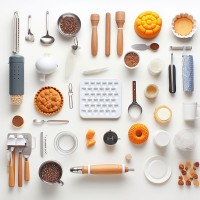
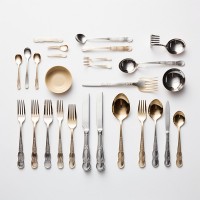

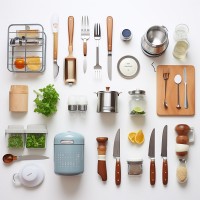
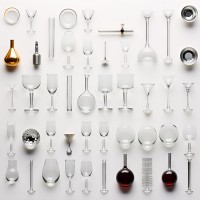

-400x400.jpg)
-400x400.jpg)
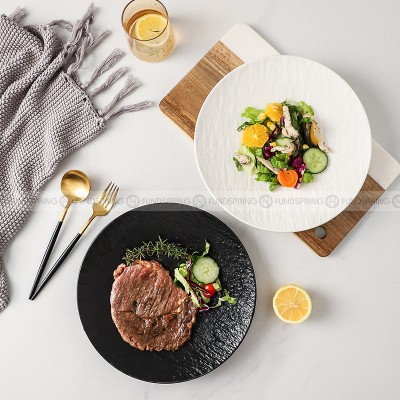
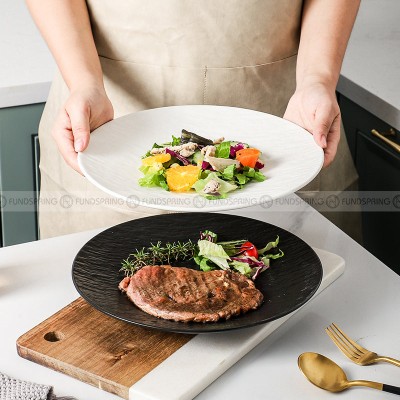
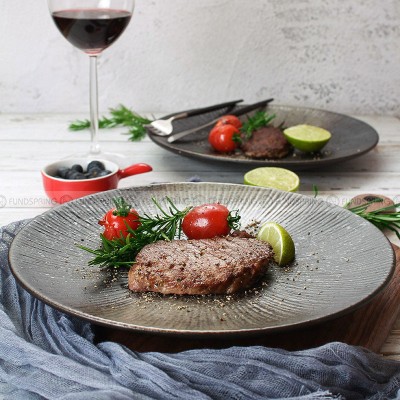
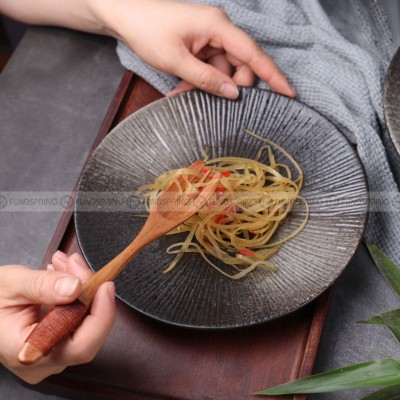
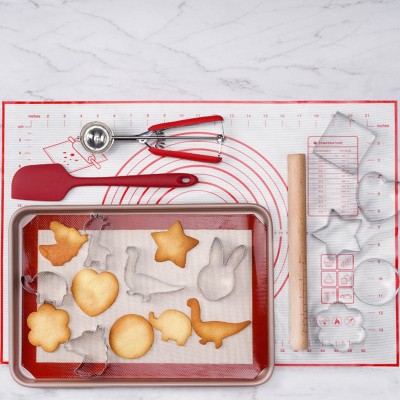
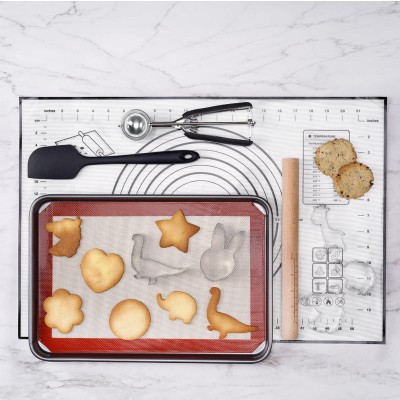
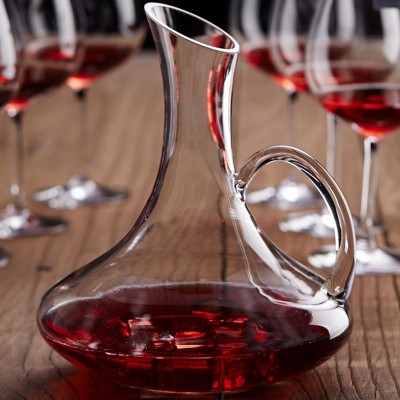
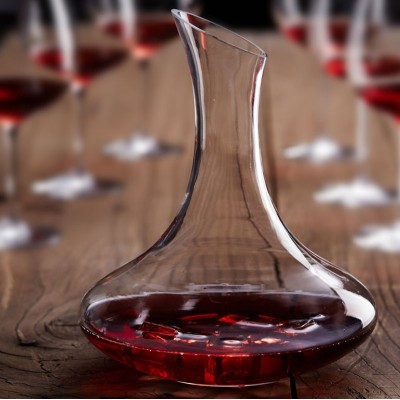
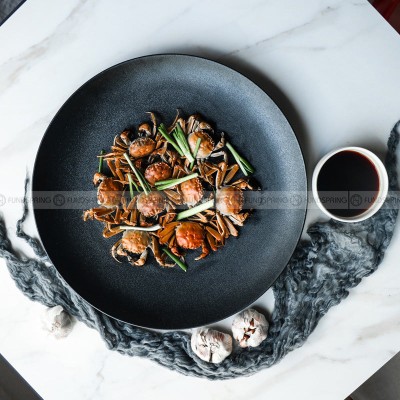
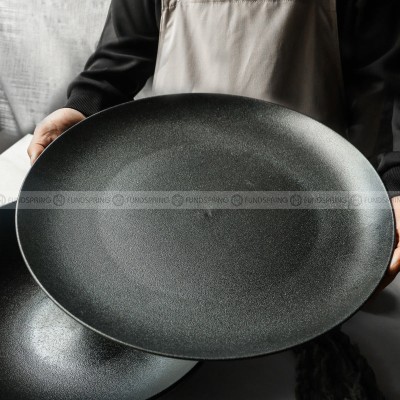
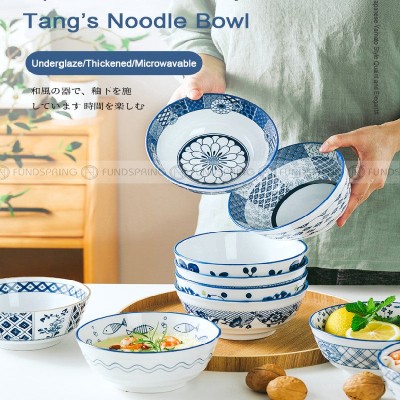
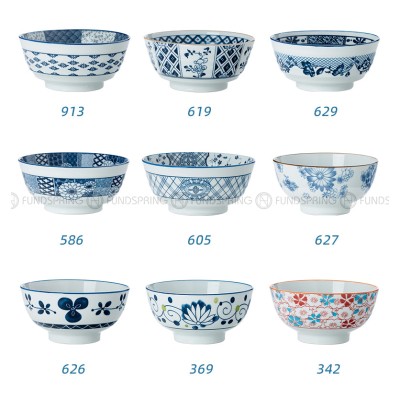

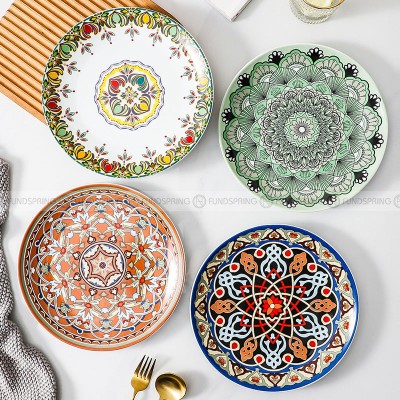
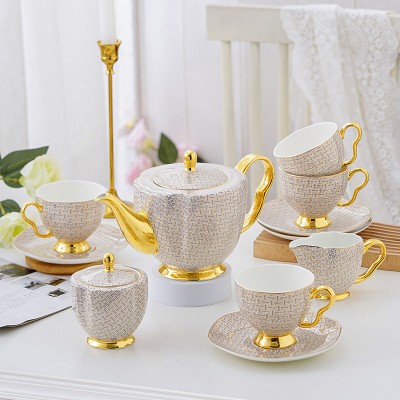
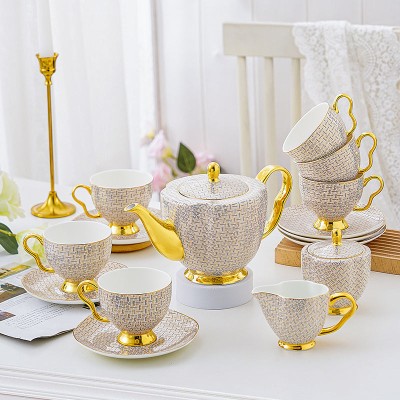
-400x400.jpg)
-400x400.jpg)
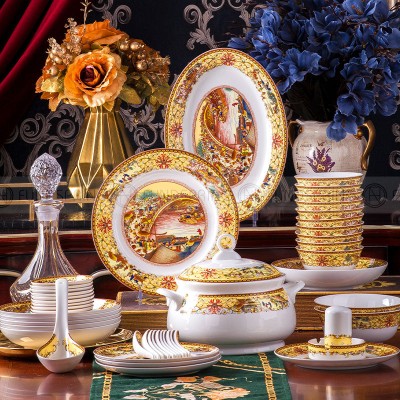
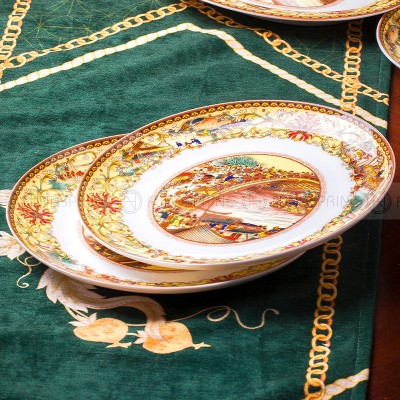
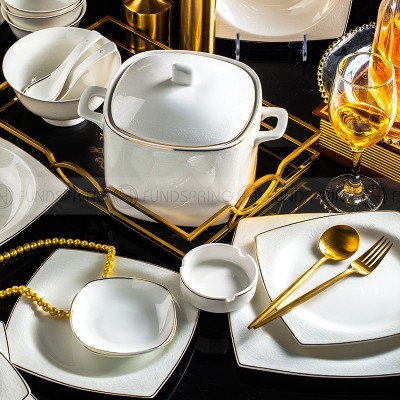
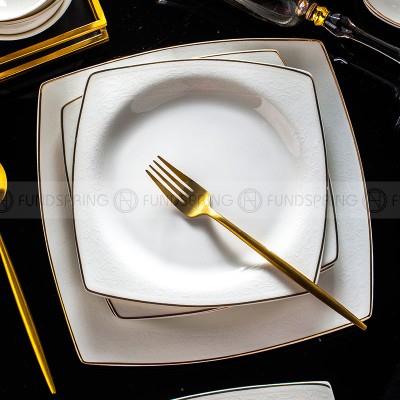
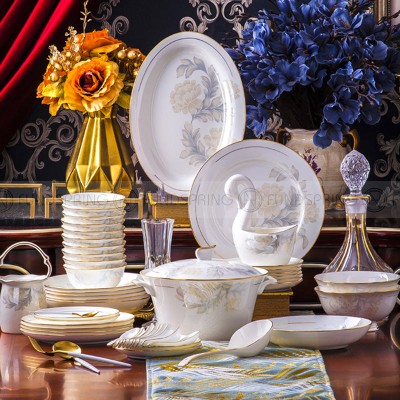
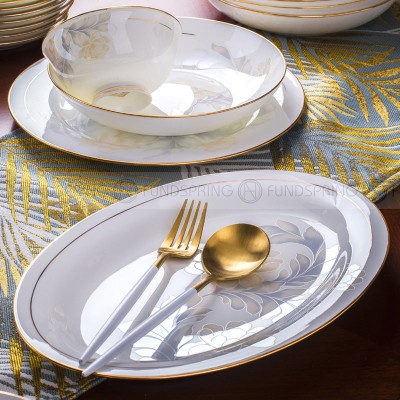
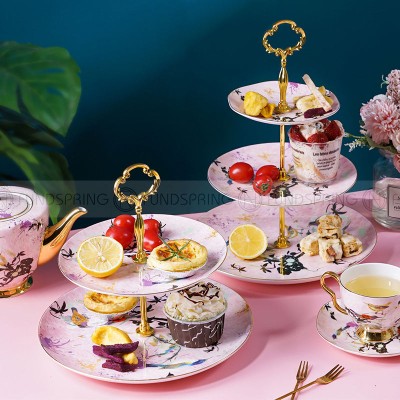
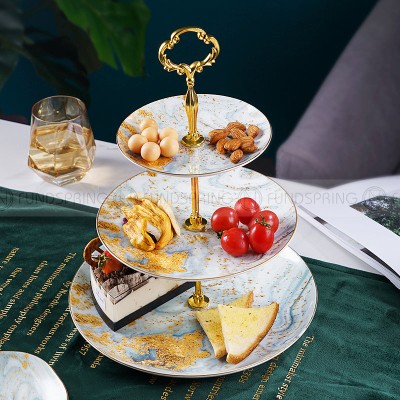
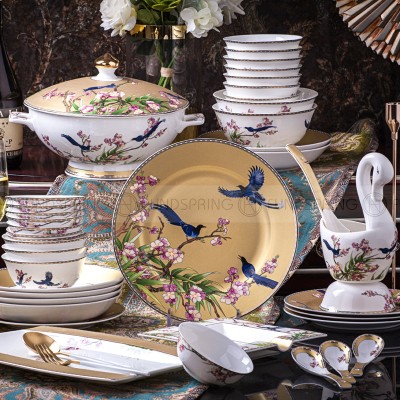
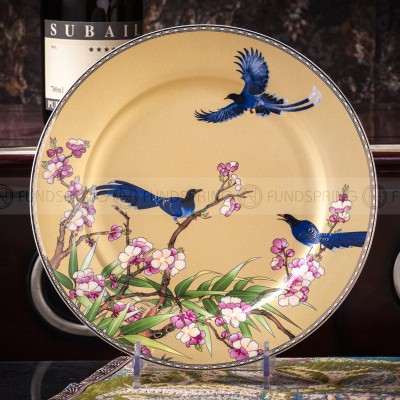
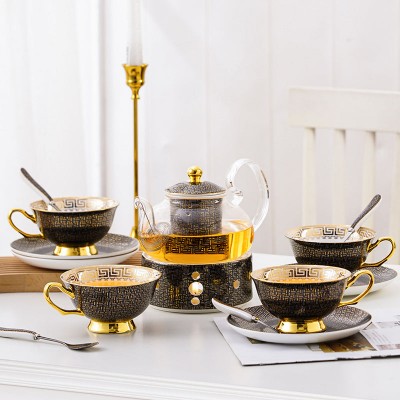
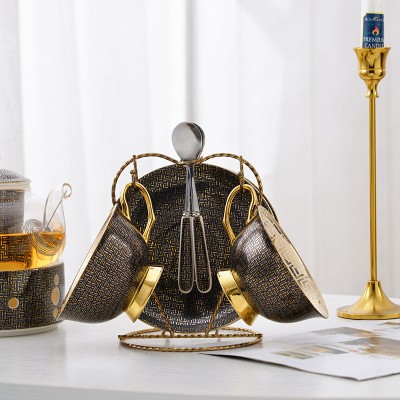
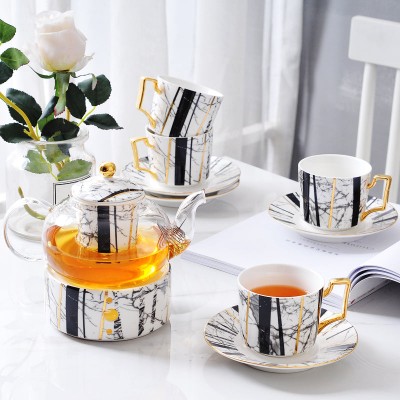
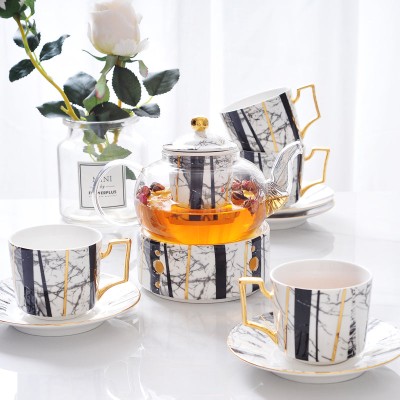
-400x400.jpg)
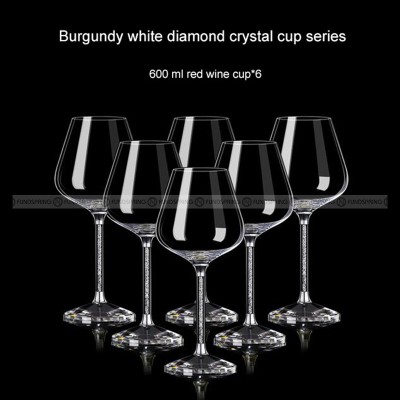
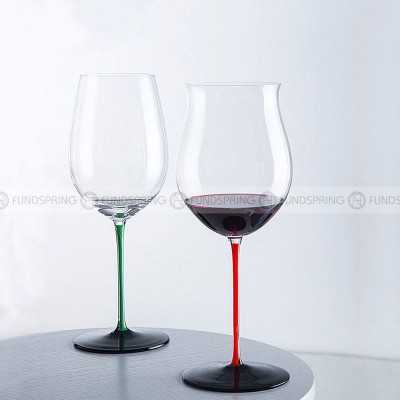
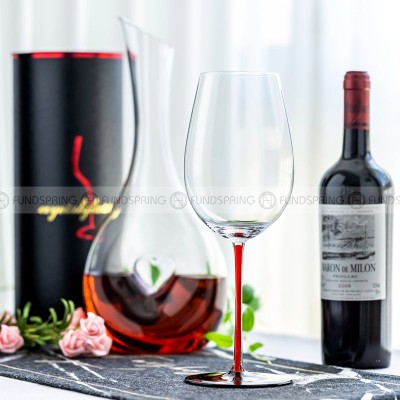
-400x400.jpg)
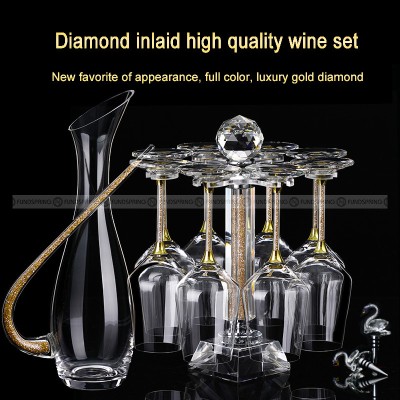
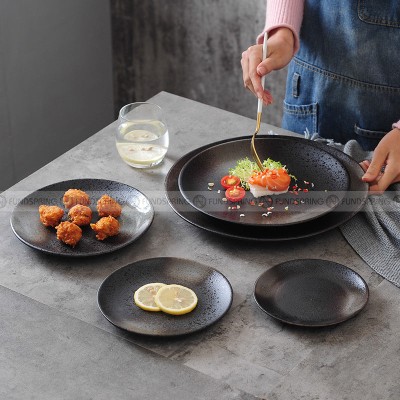
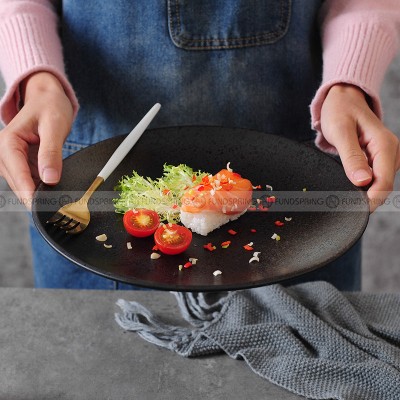
-400x400.jpg)
-400x400.jpg)
-400x400.jpg)
-400x400.jpg)
-400x400.jpg)
-400x400.jpg)
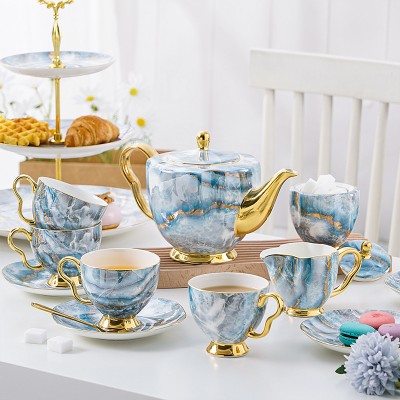
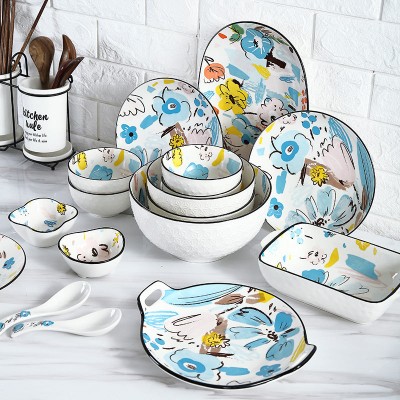
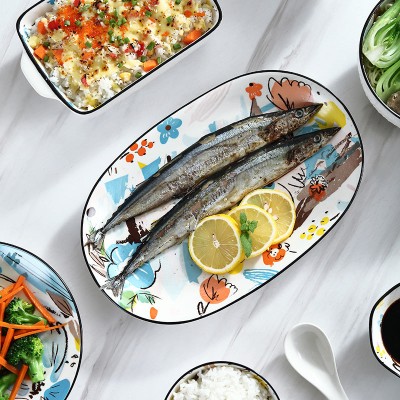
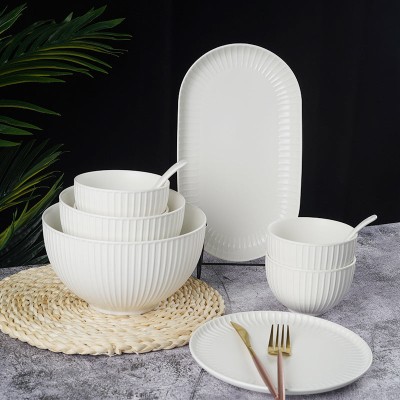
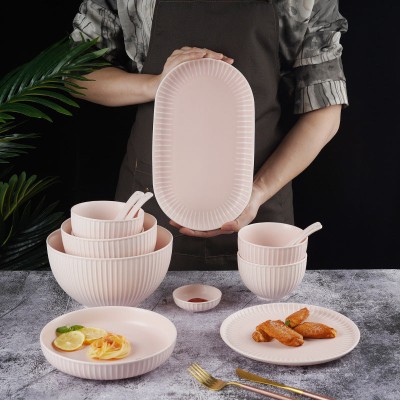
Leave a comment